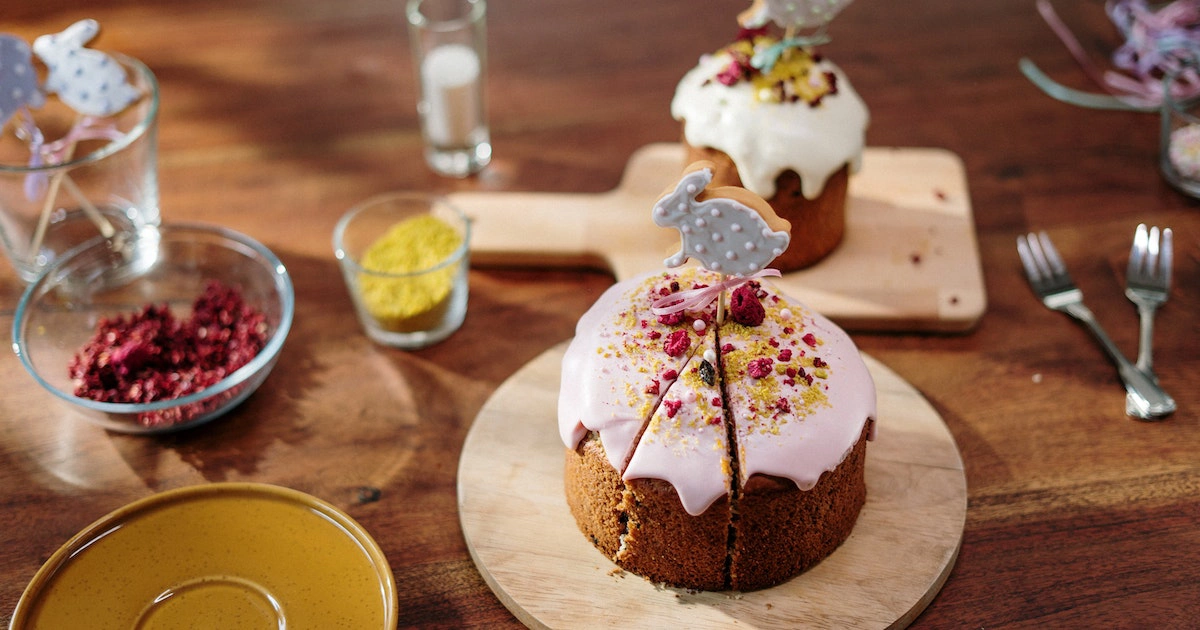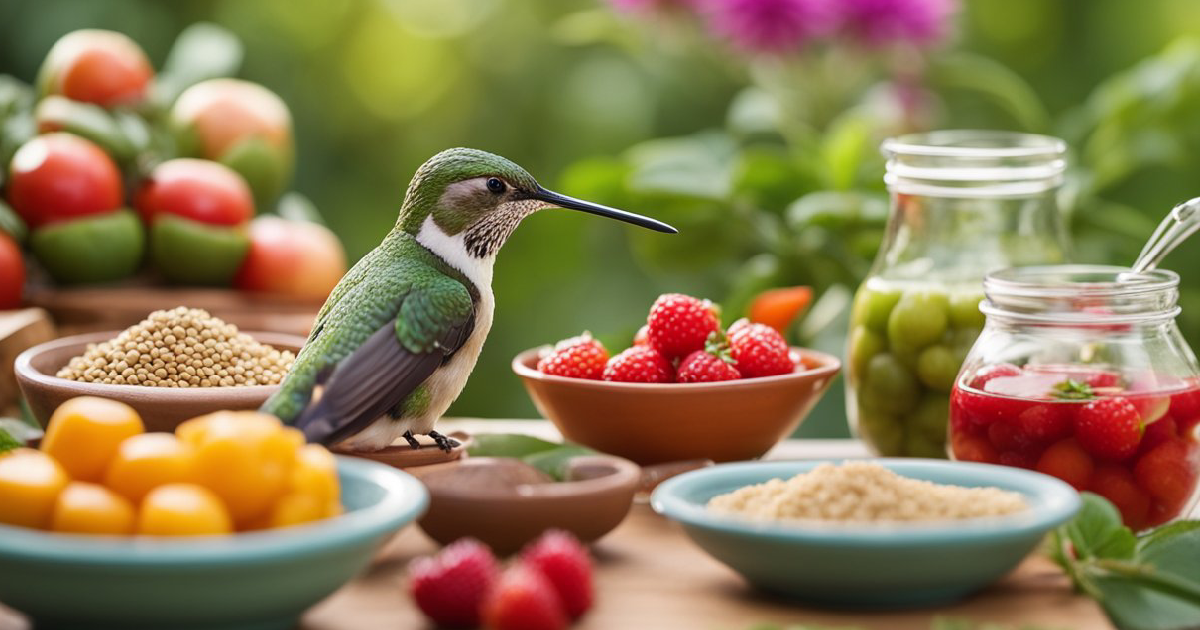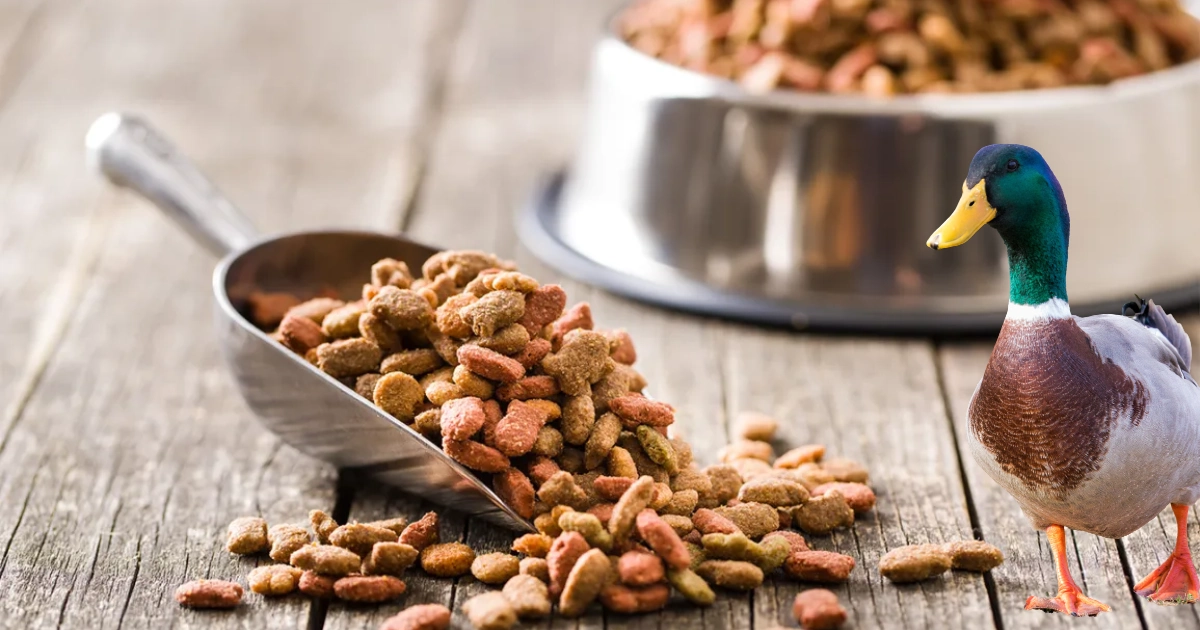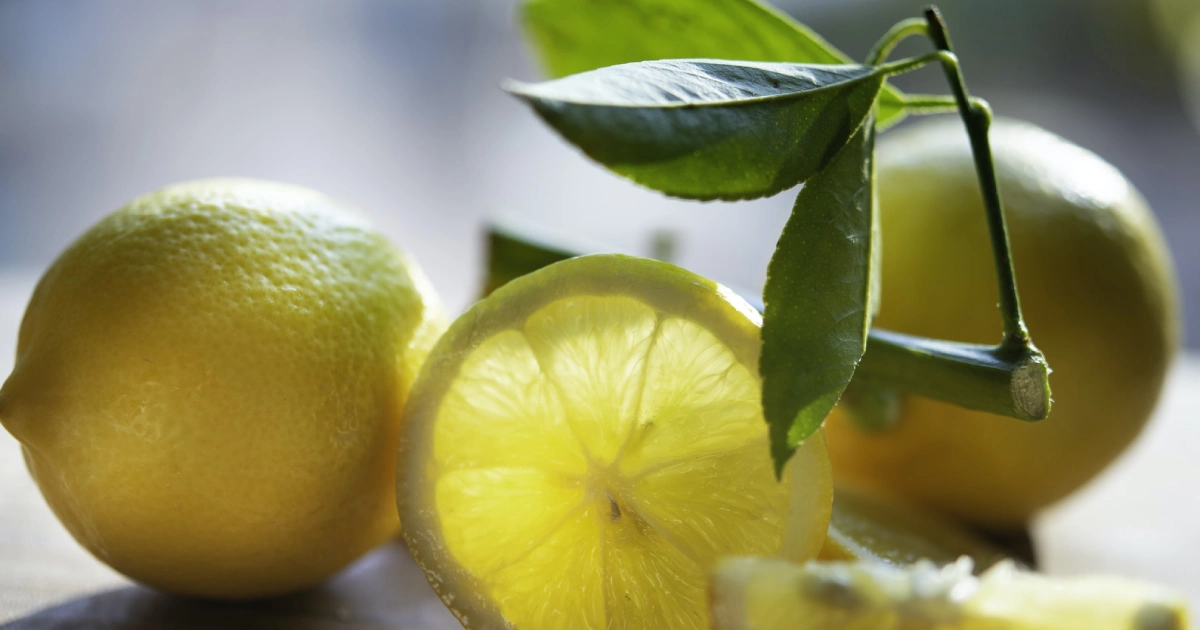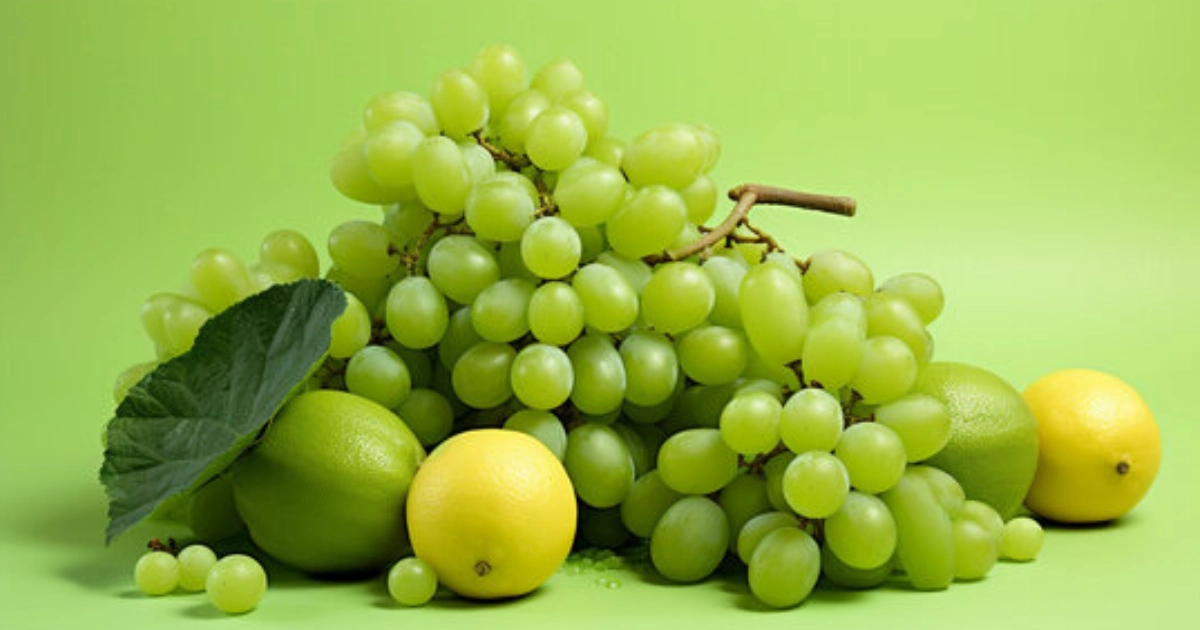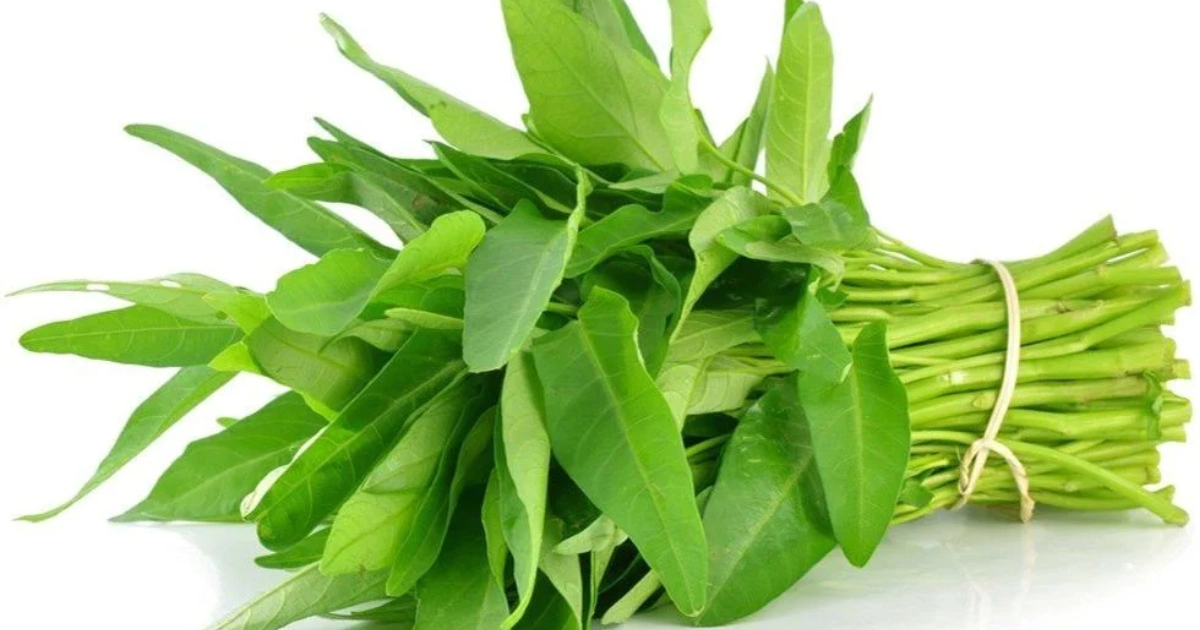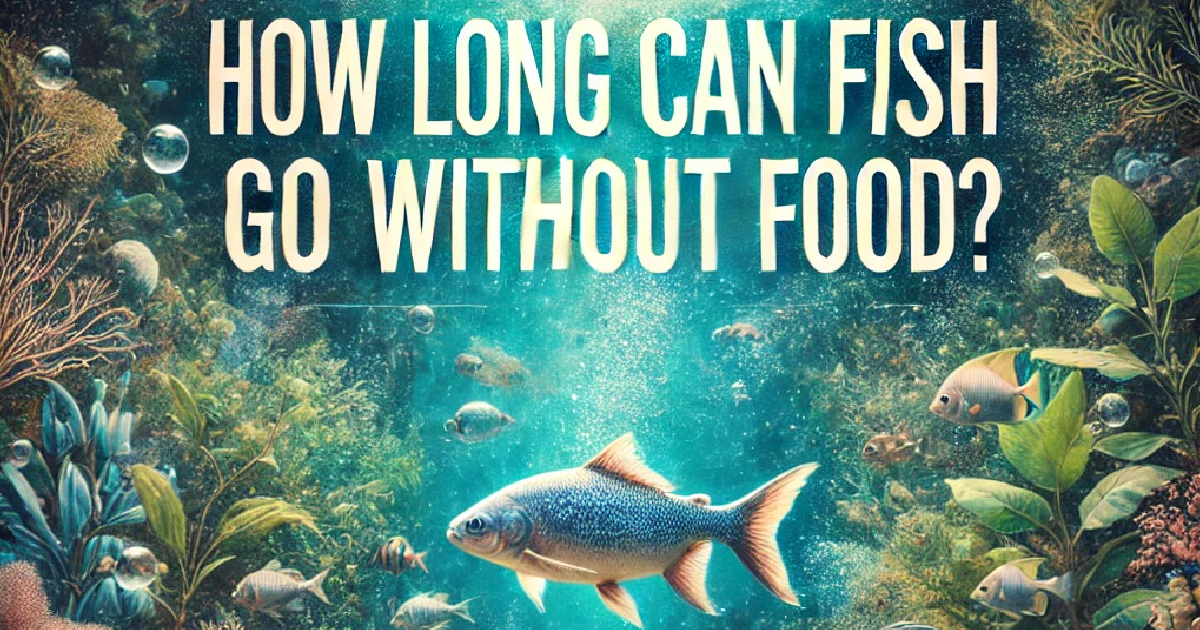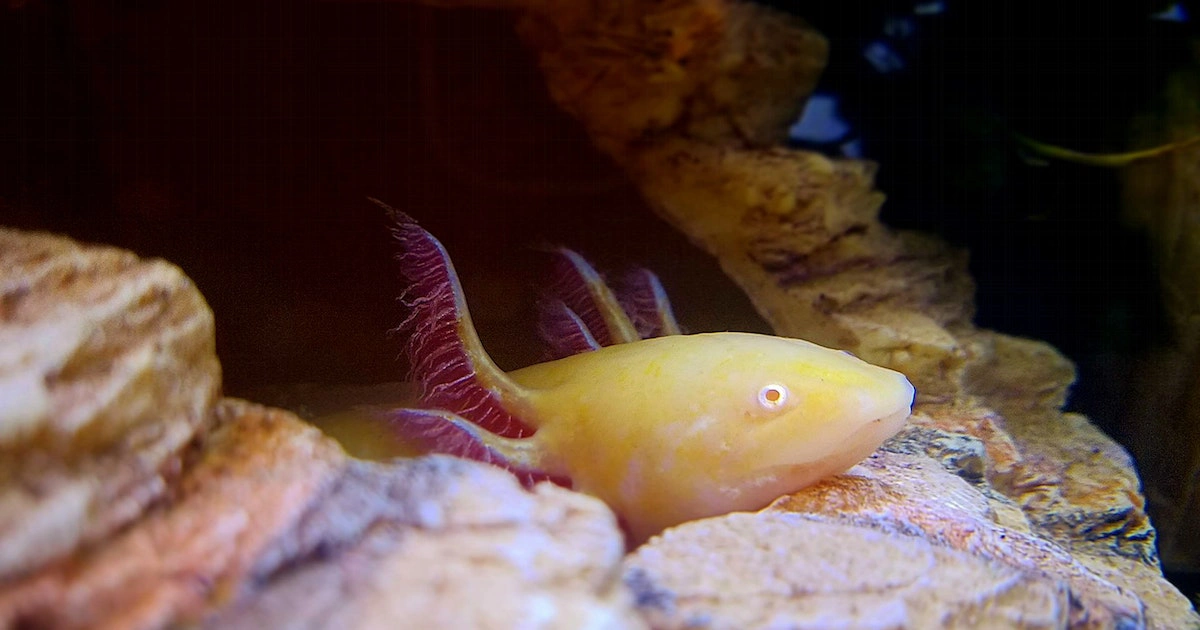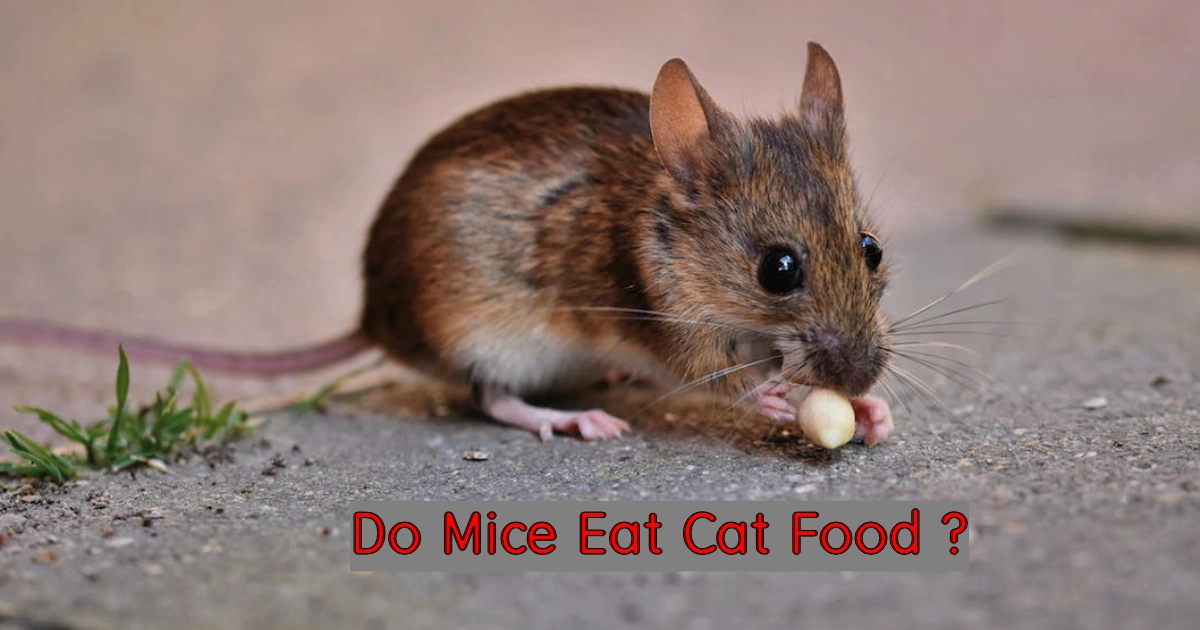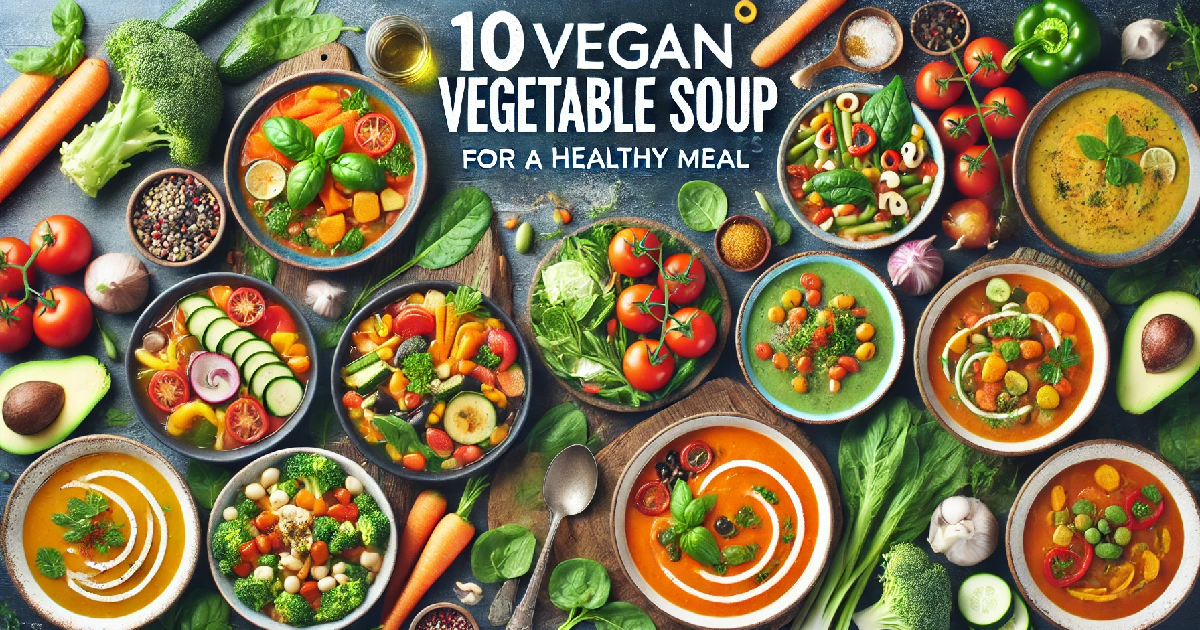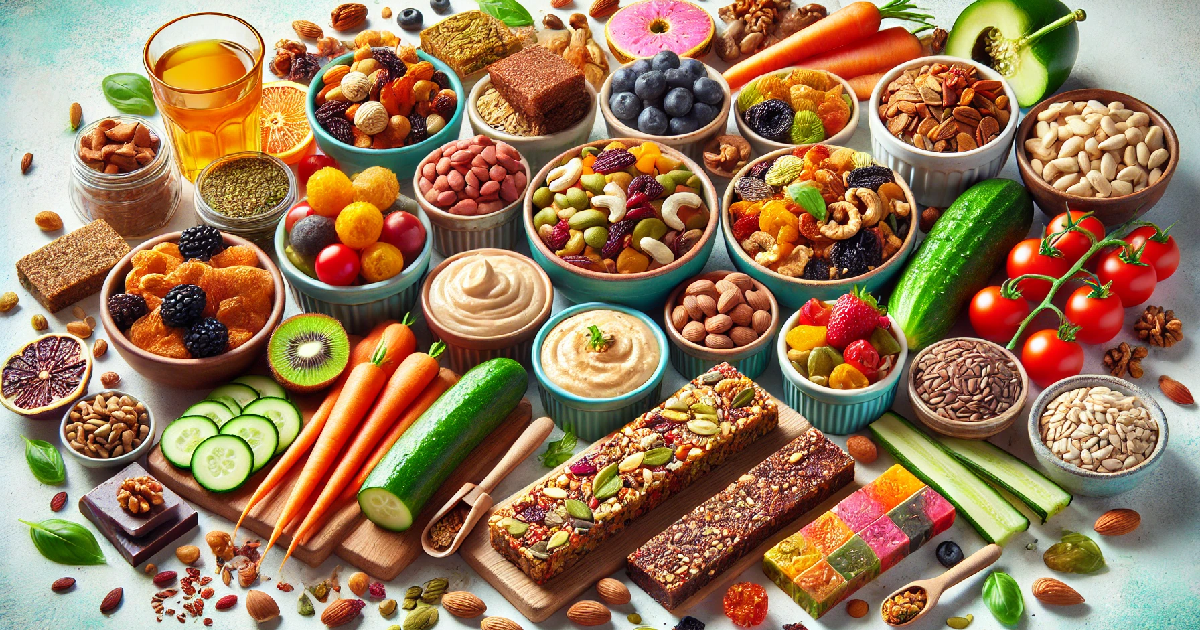It’s an impressive fact that the Axolotl, a species of aquatic salamander, can survive over a month without eating! This is remarkable, considering that most animals must regularly replenish their food to stay alive and healthy. But how does this fantastic creature go so long without access to sustenance? In this blog post, we’ll explore the details of how axolotls can sustain themselves for extended periods, from how they prepare for food shortages, what nutrients they draw on during these times, and strategies you can implement with your own pet Axolotl should it ever happen that they somehow manage not to receive meals when expected. So if you’ve ever wanted to know more about the mysterious Axolotl’s sustained survival skills – read on!
Introducing The Axolotl – Overview Of The Species, Its Appearance, And Characteristics
The Axolotl, others name the Mexican walking fish, is a fascinating amphibian that has quickly gained popularity as a unique pet. Its distinctive appearance, with feathery external gills and a long tail, makes it stand out in the amphibian world. Its ability to regenerate body parts is even more incredible, making it one of the only animals to regrow limbs. The Axolotl can range in colour from beige to black and can grow up to a foot in length. They are primarily nocturnal and can live up to 10-15 years in captivity. Due to their unusual appearance and unique characteristics, the Axolotl is quickly becoming a beloved pet among enthusiasts worldwide.
How Often Do Axolotls Need To Eat?
If you’re considering adding an axolotl to your family, ensuring proper nutrition is one of the most critical aspects of their care. These aquatic creatures can go without food for several days, but it recommends feeding them at least once daily. Juvenile axolotls should be fed more frequently, up to twice a day, to support their growing bodies. It’s important to note that overfeeding can lead to health problems, so be mindful of how much you offer at each meal. A well-rounded diet that includes live or frozen food such as worms, brine shrimp, and pellets will keep your Axolotl healthy and happy. Overall, it’s essential to maintain a consistent feeding schedule and closely monitor your Axolotl’s behaviour and appetite to ensure they receive proper nutrition.
Axolotl Pet For Sale
Are you in the market for a unique and fascinating pet? Look no further than the Axolotl. Others name Mexican walking fish; these aquatic creatures are a type of salamander that never fully develops into adulthood. This means they retain their gills and remain underwater their entire lives. Axolotls are not only fascinating to watch, but they’re also relatively easy to care for. Plus, with the rise in popularity of “fat axolotls,” you’ll have an exciting and adorable pet. If you’re interested in adding an axolotl to your home, consider checking out the available options for sale.
Reasons For An Axolotl Going Without Food
Axolotls are known for their unique aquatic abilities and fascinating regenerative powers. However, there are certain times when they may refuse to eat for extended periods. There can be various reasons for this behaviour, such as changes in their environment or water temperature, health issues, stress, and even reproduction. Additionally, axolotls are opportunistic feeders and may go without food for several days without any detrimental effects on their health. It is important to closely monitor axolotls when they are not eating and seek veterinary guidance if their behaviour persists for an extended period of time.
What Happens If Your Axolotl Is Not Eating?
Axolotls are fascinating creatures that can captivate any animal lover’s interest. Nevertheless, owning an axolotl requires a great deal of attention and dedication. One challenge that axolotl owners might face is when their pet refuses to eat. This could be due to various reasons, such as stress, illness, or a change in the water conditions. A lack of appetite could lead to severe complications, and treating the underlying cause is crucial. If your Axolotl is not eating, monitoring their behaviour and seeking veterinary attention if necessary is important. You can ensure that your Axolotl stays healthy and happy by taking swift action.
How Long Can An Axolotl Go Without Water?
The Axolotl, an amphibian native to Mexico, is a fascinating creature recently gaining popularity among pet enthusiasts. While they are adept at living in water, many wonder how long an axolotl can go without water. Although there have been rare cases where axolotls have survived for a few days out of the water, it is essential to provide these creatures with a constant source of water in order to maintain their health and well-being. Unlike many other amphibians, axolotls cannot absorb water through their skin, meaning they are very susceptible to dehydration. Therefore, it highly recommends providing your Axolotl with an aquarium or tank filled with clean and fresh water and ensuring they never go without water for extended periods.
How Long Do Axolotls Live?
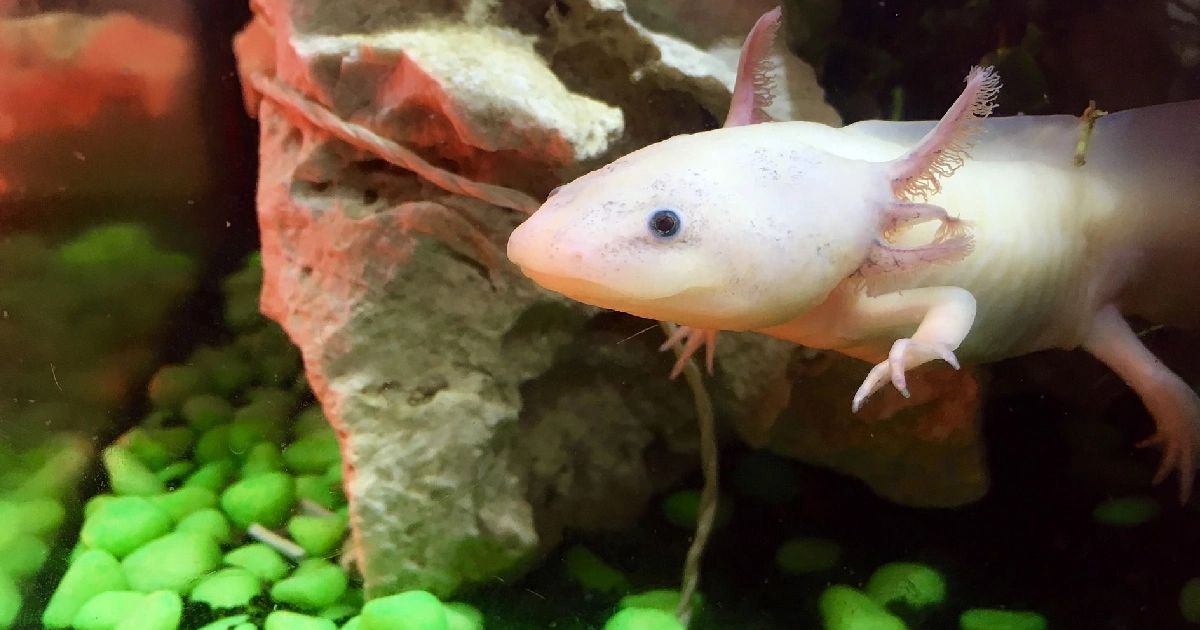
Axolotls, also known as Mexican walking fish, are fascinating creatures that have captured the attention of many pet owners and researchers. One of the most common questions about these aquatic animals is, “How long do axolotls live?” The answer is not as simple as one might think. On average, axolotls can live for 10-15 years in captivity but can live up to 25 years with proper care. However, there are cases where axolotls die prematurely due to various factors such as poor water quality, inappropriate diet, and other health issues. Monitoring their behaviour and health regularly is crucial to prevent a sudden dead axolotl. Considering these factors, you can make sure that your Axolotl lives long and healthy.
Can Axolotl Live With Fish?
Axolotls are fascinating creatures that many aquarium enthusiasts belove. However, if you’re interested in keeping an axolotl, you might wonder whether they can keep with fish. The answer could be more precise. On the one hand, axolotls knew to be friendly towards other species in their tanks. However, they are carnivorous animals and require a diet that includes live foods like worms and insects.
On the other hand, fish may not be compatible with this type of diet and may not provide enough nutrients for an axolotl to thrive. Ultimately, it is totally up to you to weigh the cons and pros and determine if an axolotl is the right fit for your aquarium. One thing is for sure, though, when keeping these unique creatures, it’s always better to avoid caution and prioritize their well-being over anything else.
Length Of Time An Axolotl Can Survive Without Eating
For any pet owner, the well-being of their beloved pets is a top priority. And for those who are parents to a fascinating species of amphibians, the longevity of their pet’s life is of utmost importance. Axolotls are one such creature that demands special attention. They are carnivores and devour live or frozen food. Like many of its species, the Axolotl can go without food for a lengthy period, but this does not mean it should. The average adult axolotl can survive without food for one week. Still, it highly recommends that they receive the required nourishment every other day. Without food, the resilience of the Axolotl will weaken, making them susceptible to illness. Hence, it is vital to feed them regularly, as it will ultimately determine their lifespan.
Can I Leave My Axolotl For A Week?
If you’re a proud owner of a mosaic axolotl, you might wonder if it’s okay to leave your amphibious pal for an extended period. The short answer is yes – there are ways to ensure your Axolotl stays healthy and happy even when you can’t be there. One option is to provide your Axolotl with an automatic feeder to help them get enough food while you’re away. You also consider hiring a pet sitter to check on your Axolotl, change their water, and monitor their overall health. Like any pet, your mosaic axolotl deserves the best care possible, even if you cannot provide it 24/7. With some care and planning, you can feel confident leaving your Axolotl for a week, knowing they’ll well take care of.
Axolotl Breeding

Axolotl breeding is an intricate process that requires close attention and care. One of the essential aspects of this process is handling axolotl eggs. These amphibians lay hundreds of eggs, which must be delicately removed from the tank and placed in an environment suitable for development. Once the eggs hatch, the newly born axolotls require specific conditions to thrive, such as nourishing food and filtered water. Breeding axolotls can be a rewarding experience for those with the knowledge and patience to ensure the creatures are happy and healthy. With proper care, these unique amphibians can be raised from egg to adulthood in a remarkable display of nature’s beauty.
Why Is My Axolotl Floating?
Axolotls are fascinating creatures that can slowly move through the water using their legs and tails. Sometimes, you may observe your Axolotl floating at the top of the tank or drifting aimlessly in the water. This behaviour, though unsettling to watch, is not necessarily harmful. Axolotls can take in oxygen through their skin, and floating allows them to breathe more quickly when needed. However, if your Axolotl repeatedly floats, you may want to adjust their diet. Axolotls are carnivorous animals that require a protein-rich diet to stay healthy. Feed them the right amount of food at regular intervals, and consider switching out their foods occasionally to provide variety and ensure they are getting all the necessary nutrients.
Are Axolotls Dangerous?
Axolotls, a type of salamander, are fascinating aquatic creatures with their unique ability to regenerate their body parts. However, their exotic appearance and distinct features have led to many unanswered questions, including whether or not they are dangerous. The truth is axolotls are not dangerous to humans. They are gentle creatures that prefer to remain underwater and can only cause minor injuries with their bite. One thing to note, however, is their poop. Axolotl poop can be toxic to other animals, like fish, frogs, and aquatic life. Despite this, axolotls make excellent pets for those looking for a low-maintenance and unique aquatic companion.
What Are 5 Interesting Facts About Axolotls?
Scientists and animal lovers alike have become fascinated by the fascinating Axolotl, the Mexican salamander. Did you know that Axolotl can regenerate their limbs, spinal cord and even parts of the brain? They can also change their skin colour according to light and environment. As if that wasn’t cool enough, axolotls have external gills that look like beautiful hair and are surprisingly strong swimmers. Despite their remarkable capabilities, it has been debated whether or not axolotls have a sense of smell. Some studies suggest they rely on other senses to navigate their environment. Regardless, this unusual creature continues to be a topic of interest for researchers and animal lovers alike.
Finding Ways To Provide Your Axolotl With Enough Food – Adequate Nutrition And Feeding Tips
As a responsible Axolotl owner, one of the top priorities is providing enough food for your pet. Due to their carnivorous nature, Axolotls require a protein-based diet rich in nutrients. Some common foods include bloodworms, earthworms, shrimp, and pellets explicitly made for Axolotls. Feeding your Axolotl appropriately for their size and age is important, as overfeeding can lead to health problems such as obesity and impacted digestive systems. Another helpful tip is to observe your Axolotl during feeding time to ensure they eat and do not let food go to waste or disintegrate in the water. Your Axolotl will have a healthy and happy life by providing adequate nutrition and following these feeding tips.
Sharing practical advice from expert owners on caring for an Axolotl – Tips to ensure a healthy lifestyle
How To Tell If An Axolotl Is Not Eating Enough?
As guardians of our pets, we must monitor their eating habits to ensure their health and well-being. An axolotl is no exception. If you observe Axolotl’s food intake and notice that he needs to eat more, something might be wrong. A common sign that your Axolotl is not eating enough is weight loss. You can check its girth and spine for any noticeable changes. You may also observe your pet becoming less active and lazier than usual. These are signs that your Axolotl is not getting the nutrition it needs. Therefore, it would be best to consult a veterinarian to identify the underlying issue and ensure your Axolotl stays happy and healthy.
Appropriate Diet For An Axolotl And How To Monitor Its Health
Axolotls have unique dietary requirements that must take care of properly to maintain good health. The appropriate diet for an axolotl includes a variety of foods such as small worms, brine shrimp, insects, and small fish. It’s essential to provide them with live food instead of dried or frozen ones to ensure they receive the necessary nutrients. Overeating, however, can result in obesity and other health problems, so monitoring their food intake is crucial. Another way to monitor their health is to observe their behaviour and record their eating habits and faecal output. If you notice any unusual changes in their behaviour, contact a veterinarian as soon as possible. A proper diet and regular observation can keep your Axolotl healthy and happy for years to come.
Do Axolotls Sleep
Have you ever wondered if axolotls sleep? The answer is yes, they do! These fascinating creatures might appear to be constantly awake, as they don’t have closed eyelids, but they need sleep like any other living being. Interestingly, axolotls can’t tell when it’s day or night as they don’t have a pineal gland, which is part of the brain responsible for regulating sleep and wake cycles. Nevertheless, they still manage to get their daily dose of rest. It’s important to note that an overweight axolotl might have trouble sleeping properly due to the extra weight on their bodies, which can lead to stress and even health issues. So, watch your Axolotl’s weight and give them the proper care they need for a good night’s sleep!
Summarizing What You Can Learn From This Article About How Long An Axolotl Can Go Without Food – Takeaways For New Owners
For new owners of axolotls, understanding their feeding habits is an essential aspect of their care. This article teaches how long an axolotl can go without food. Although it’s common for them to survive without eating for up to a week, it’s best to stick to a regular feeding schedule. As omnivores, axolotls enjoy a varied diet of live or frozen foods, including worms, shrimp, and pellets. It’s also essential to monitor their weight and adjust feeding quantities accordingly. New owners can ensure a healthy and happy axolotl by staying on top of their feeding habits.





